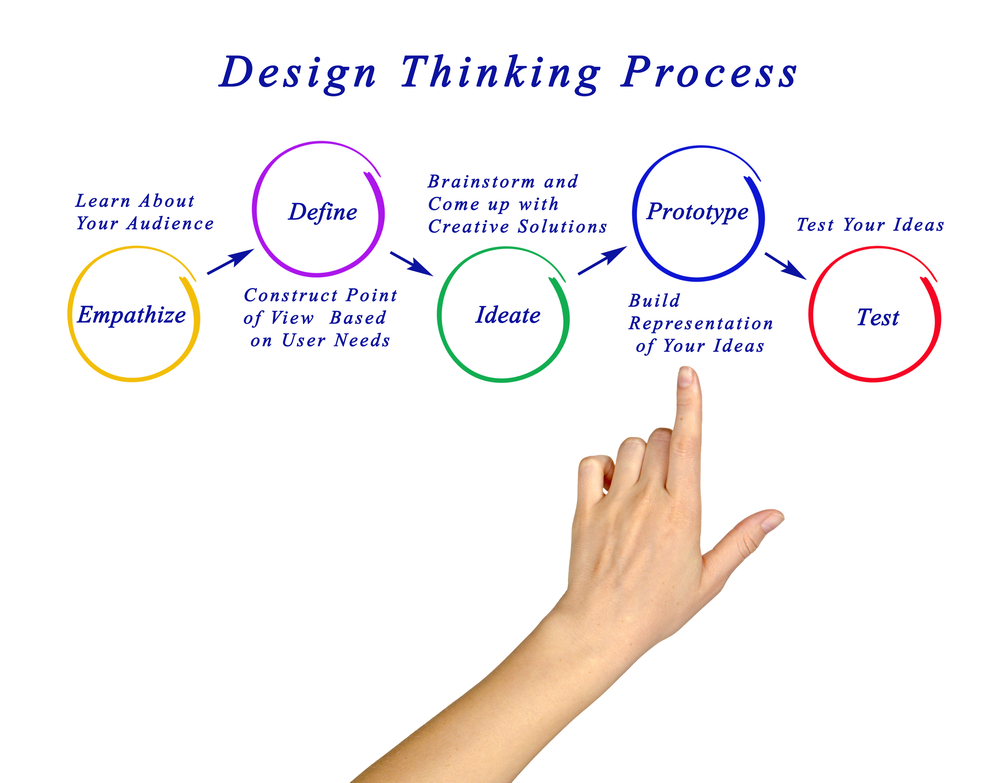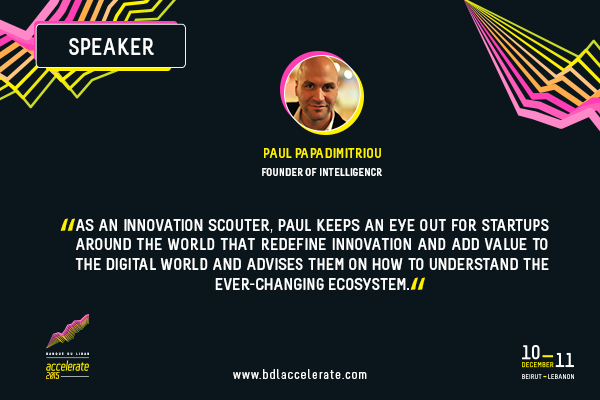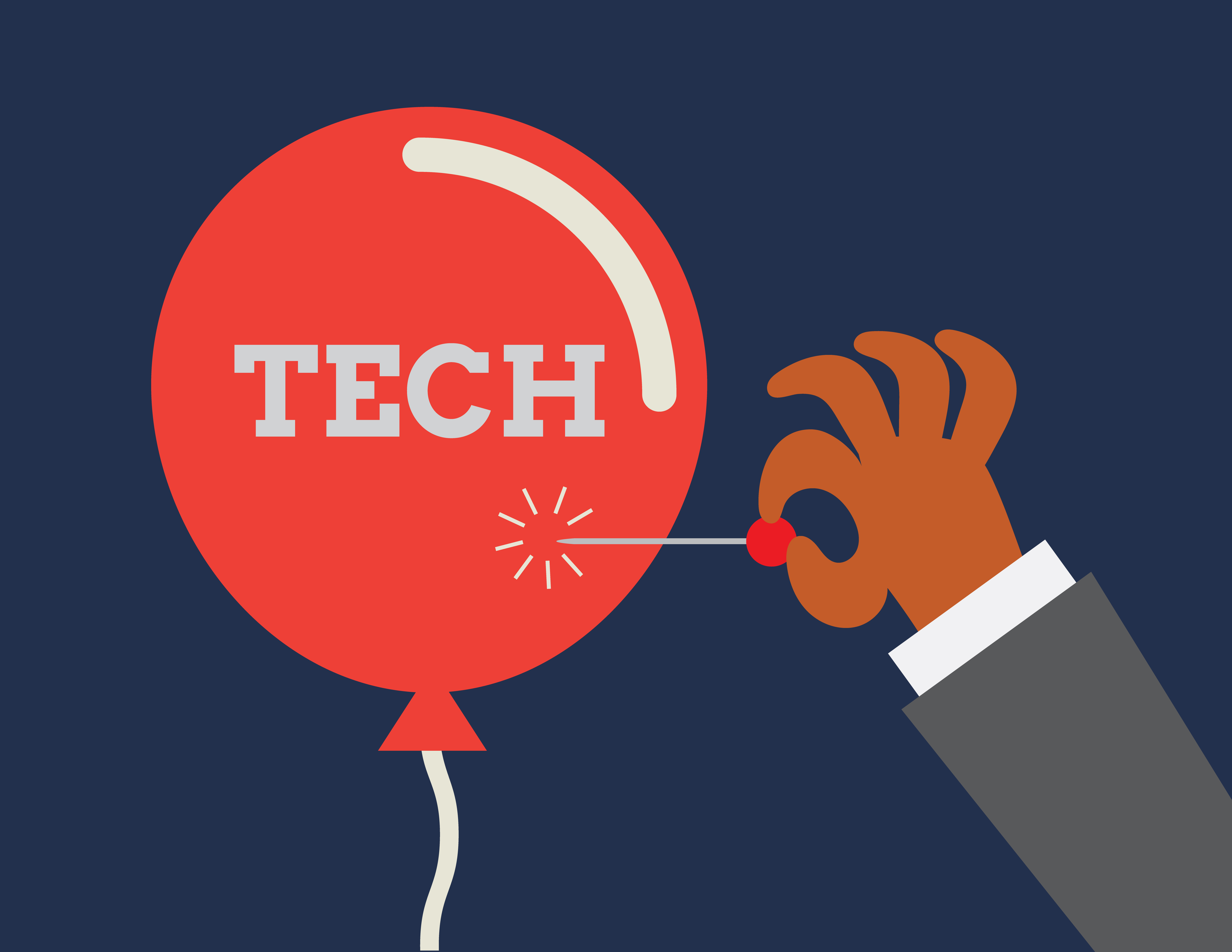Design Thinking
Written by
Design thinking is a methodology employing unique and creative techniques to solve complex problems and find desirable solutions. Traditionally, design thinking was considered as a method only used by designers; however, it is applicable to anything to create innovative ideas as well as to solve problems.
Design thinking is not limited to a specific industry or an area of expertise. Businesses and organizations use the design thinking method to solve existing problems they have and to discover new opportunities. When used effectively, design thinking can drive a brand or business forward. Many large corporations around the world have been adopting design thinking as an approach to innovation to all areas of their businesses. It is through this approach that corporate cultures have been creating innovative cultures. GE, Apple, and Citrix are only a few of the global players to adopt design thinking, and in the region RTA in Dubai has also welcomed design thinking into their corporate culture.
The design thinking process consists of 5 steps:
- Empathize: Understand the demographic for whom you are designing and their user experience. This is done through observing, interacting, and immersing yourself in their experiences. Utilize the knowledge as your foundation to begin addressing the challenge.
- Define: In this phase, process and synthesize the findings from the first phase to form the blueprint to make the changes that will address the design to impact the user experience.
- Ideate: Once you have understood your target, a critical component of design thinking is to brainstorm and explore several different ideas. This phase is all about creativity and fun and a myriad of ideas is encouraged whether savvy, risky, wishful, or dreamy.
- Prototype: During the prototype phase, the ideas are transformed into a physical form so that you can experience and interact with them. Ideas may fail at this stage, but it is better to fail early and often in order to succeed.
- Test: Testing is an essential part of the process because it provides observations and feedback to refine the prototype. This is when more is learnt about the user and about what does and does not work to modify the prototype and the original point of view developed during the empathy phase.
It is through creating and testing ideas that businesses continue to learn and develop their offerings while being customer centric. At the BDL Accelerate 2015 Reimagine Lebanon workshops, we will be using the design thinking methodology to generate ideas to create relevant solutions for Lebanon. The process will provide and assist the attendees to understand, create, think, and implement their ideas.





